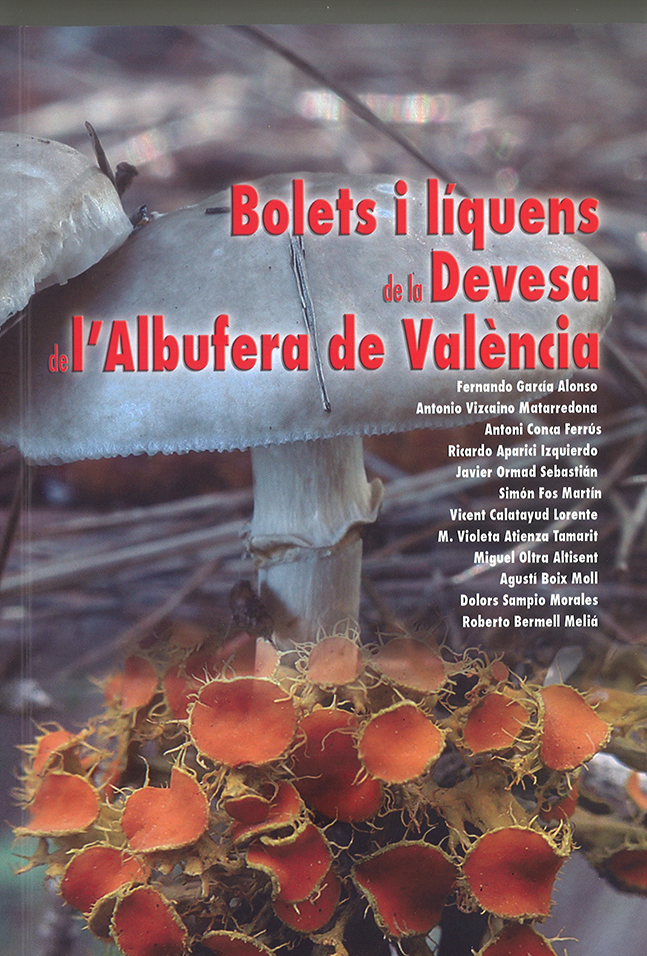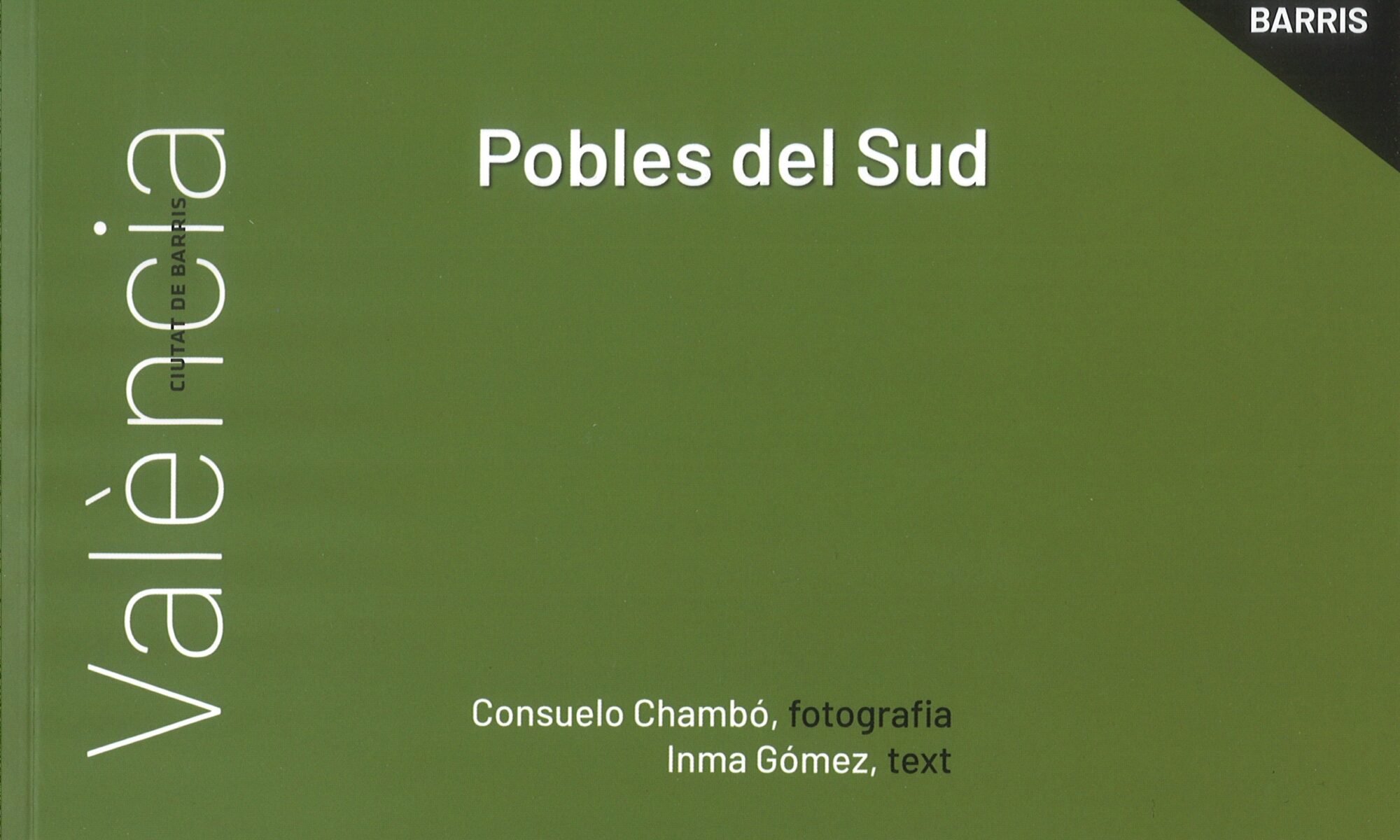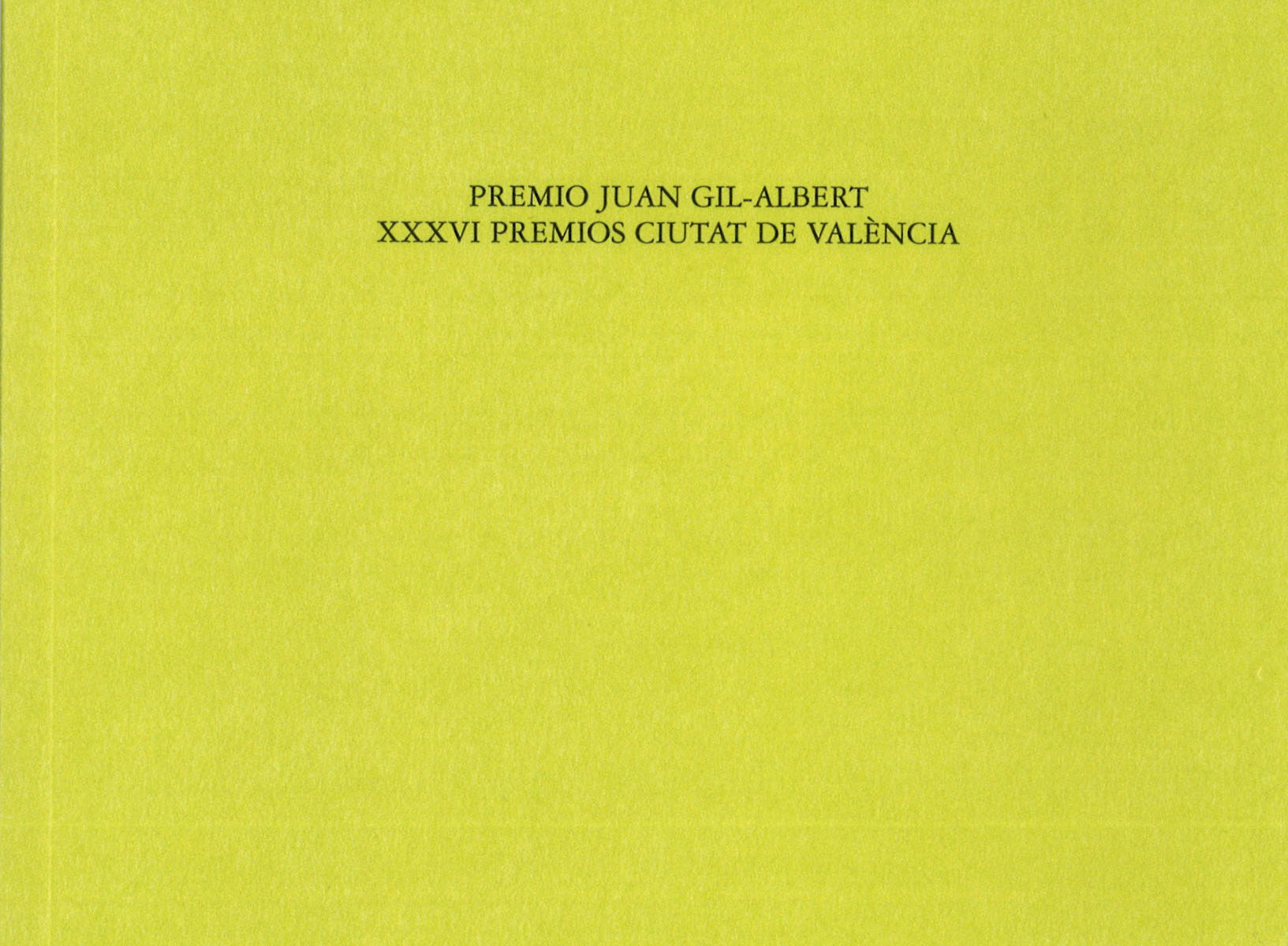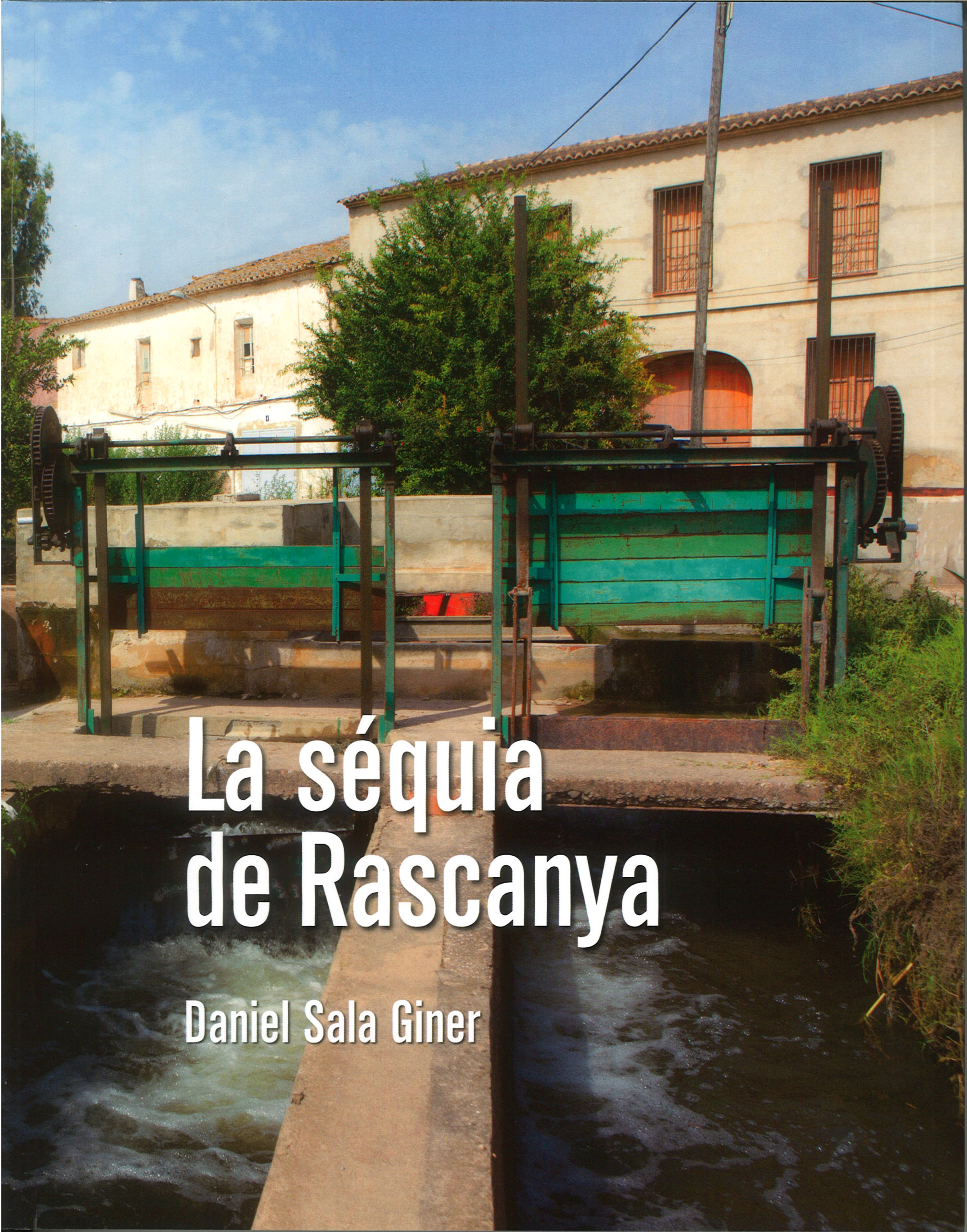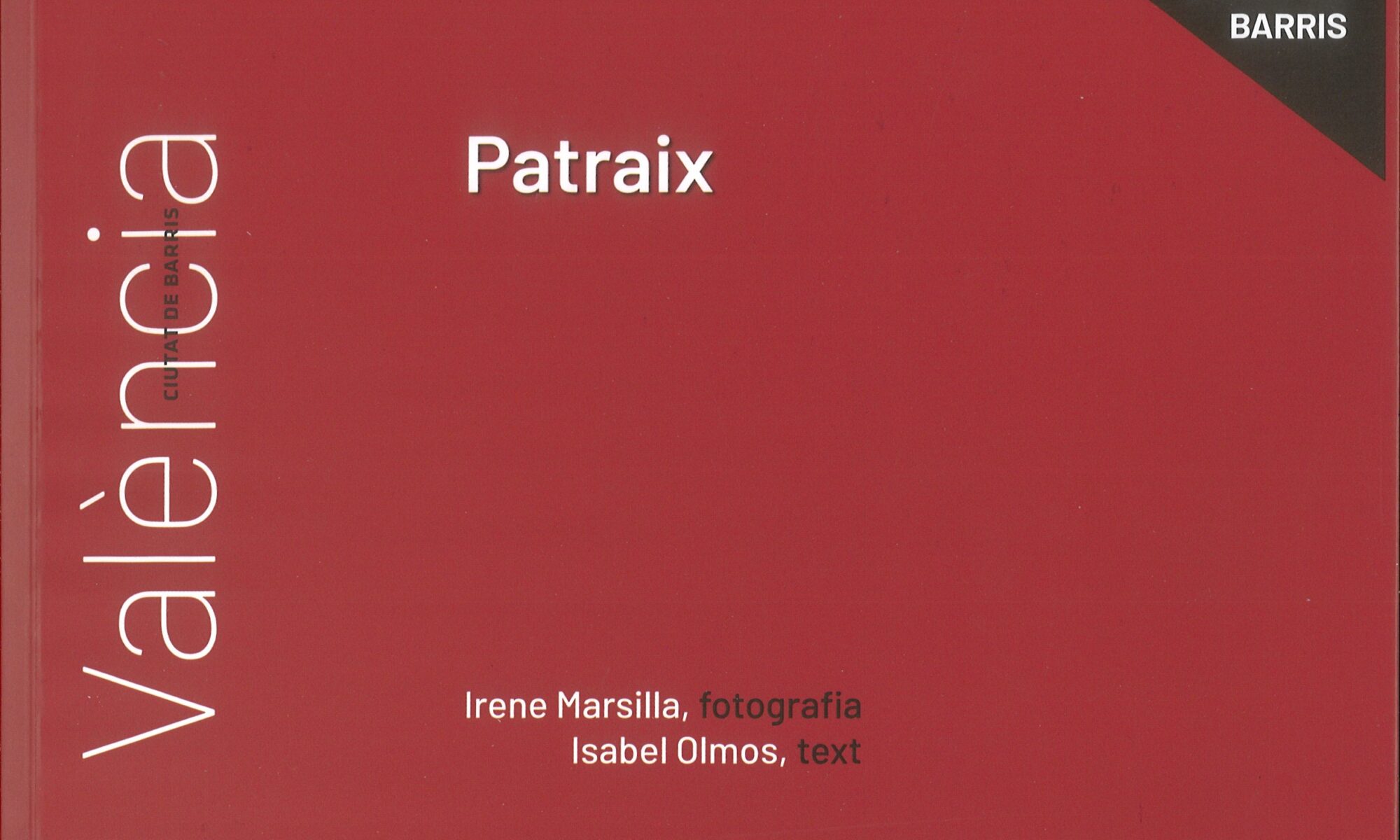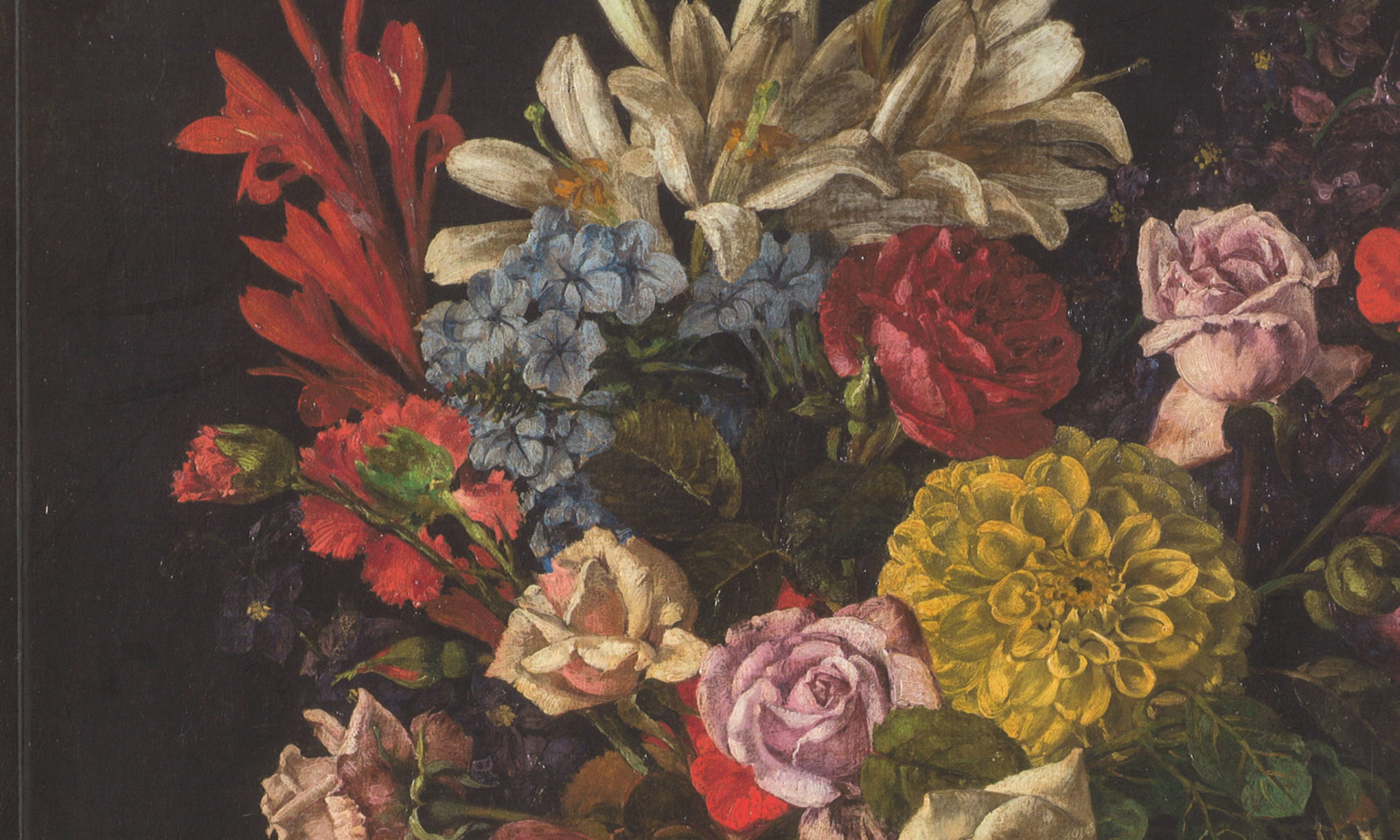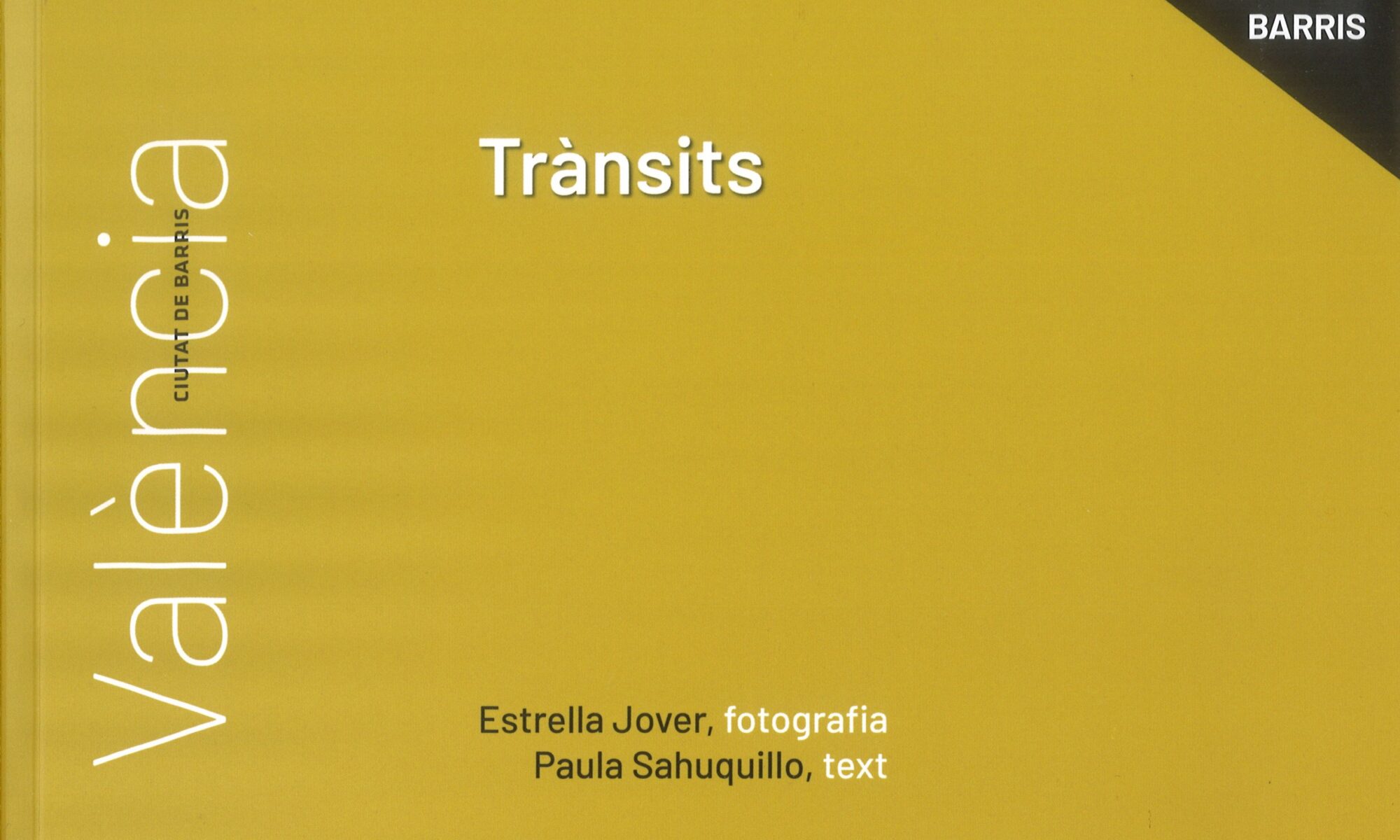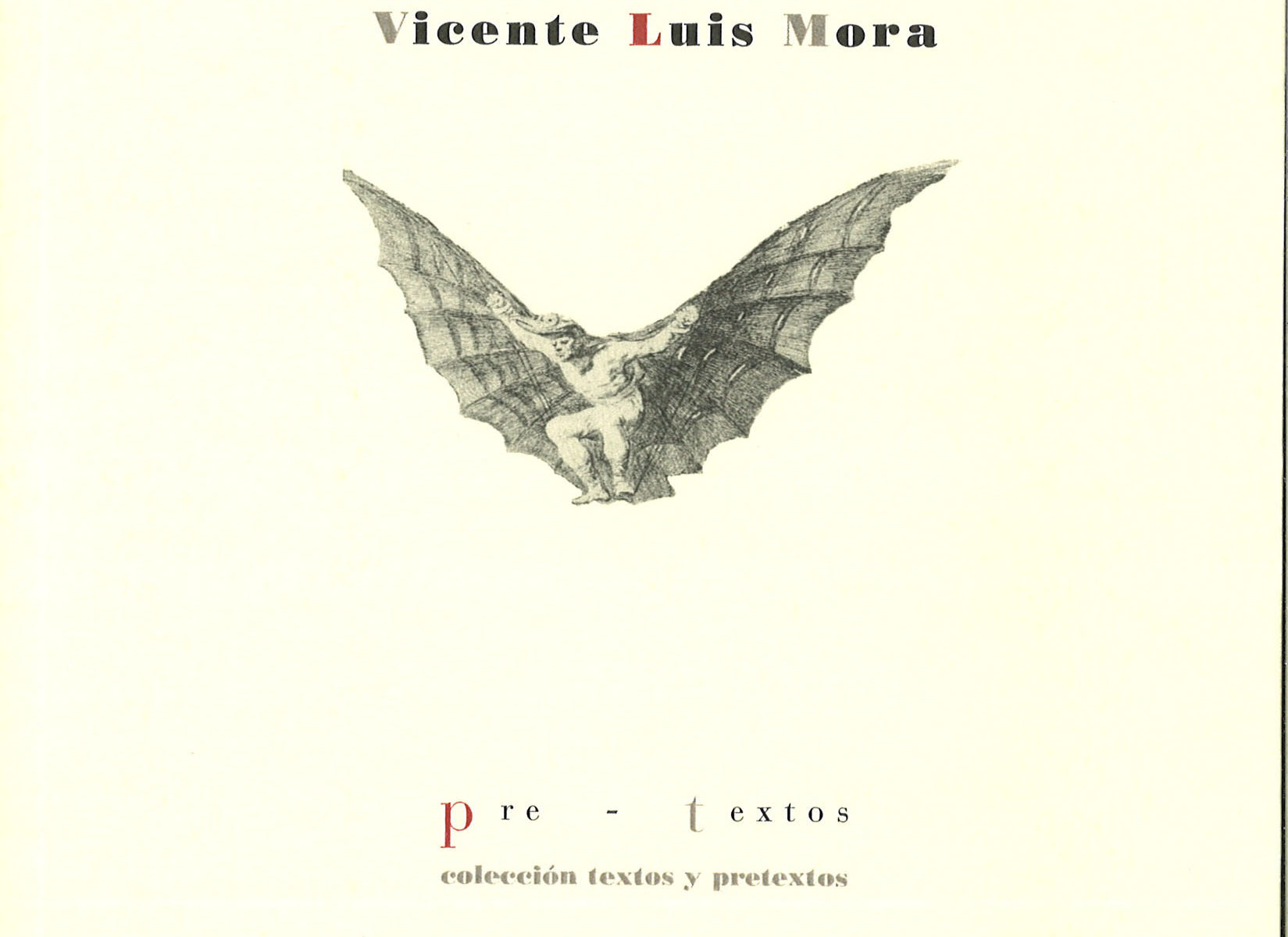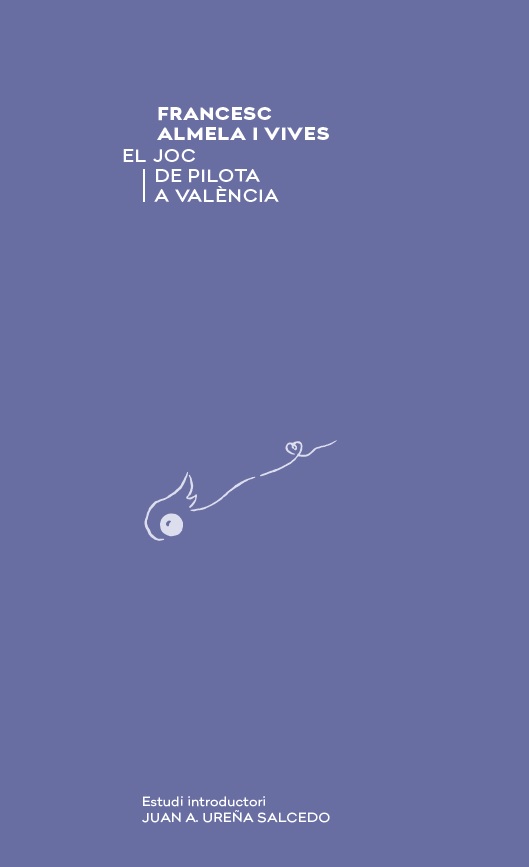Mushrooms and lichens from the Dehesa de l’Albufera of Valencia It brings together varied information and the work of decades of study of this place, in a very graphic way, contributing to the knowledge, estimation and appreciation of this emblematic area of Valencia. With this publication, coordinated by Fernando García Alonso and Roberto Bermell Meliá, from the Valencian Mycological Society, a part unknown to citizens of this particular and complex natural ecosystem is brought to light. The book contains more than two hundred taxa, in which the species not found anywhere else in the Valencian Community are signified.
Archives: Publicaciones
Southern villages. City of neighbourhoods
“As every afternoon, the boat-mail announced its arrival at El Palmar with several tinkers…”. This is how the novel begins. La Cañas y barro by Vicente Blasco Ibáñez, who made known the landscapes and customs of the Southern Peoples, and universalized them. And this is also how this story could begin, which aims to discover the intrahistory of unique places that grew up around the Albufera, through images and the testimony of the people who inhabit them today. Emulating that route of the ravatxol, the name given to the mail-boat that communicated the people of the villages bathed by the lake, we embark at Castellar-l’Oliveral to then go to Pinedo, El Saler, El Palmar, El Perellonet, el Forn d’Alcedo and La Torre, and immerse ourselves in their lives. Towns that, in our imaginary route, are once again connected by the shine and show a magical and unforgettable territory.
In fiera and unequal battle
Juan Gil-Albert Award XXXVI City of Valencia Awards
The Rascanya irrigation canal
The fields of Rascanya constitute a rural landscape fruit of the industriousness, dedication and dedication of the peasants to the lands inherited from their elders, and the esteem and zeal they put into their cultivation, in the face of the difficulties and adversities of an increasingly globalized world, has forced them to limit themselves and diversify crops seeking specialization, The mechanization and defense of their work against competition, while seeing how urban pressure was diminishing much of the formerly fertile virgins today occupied by modern constructions and urban roads.
Currently, the orchard of Rascanya constitutes a model of agricultural exploitation where a large part of the tools and certain agricultural techniques have disappeared, in addition to the Valencian population solutions, such as the hut, the rossins, irrigation channels, redwoods and sequiolets, only preserved by the longing for ancestral times in which man was part of the environment and was intimately linked to it.
The object of this publication is to disseminate and tell new generations where the irrigation canals that gave life to all those fields ran and meandered, from where those vegetables that filled markets for the joy of the senses came from, where were the mills that turned the grains of the almudí into flours or the silos of Burjassot… But also remember all the farmsteads and huts that, next to the fields, gave rest to the main protagonists: farmers, families and livestock that, from dawn until nightfall, made possible the wealth of the orchard.
A girl, a dog and a thousand cats
This is the story of Fikarta, a Valencian girl of Ethiopian parents who lives on a farm in the Cabanyal neighborhood. On the farm there are neighbors, of course, and a few animals. As in any neighborhood, coexistence is reasonably good. Well, actually, it’s pretty good now, but it hasn’t always been that way. There were neighbors who couldn’t even see each other. Until that story happened with the cat chasing a bird and getting into where it shouldn’t… And Grandma Gumer’s dog… But read, read our story, and you’ll know what I’m talking about.
Patraix. City of neighbourhoods
Strolling, visiting, exploring and living in the streets of the neighbourhoods that make up the well-known Patraix district of Valencia is always doing so on the old land of orchards that, even today, sprouts unexpectedly when we least expect it, between farms, roundabouts and roads that have led to its expansion. An orchard that is constantly claimed in the name of streets and squares, in farmsteads and in roads that recall, with its agricultural name, that in the past all these neighborhoods were water and cultivated land as far as human sight reached. Now, we find spaces that, without forgetting their legacy, have grown in the heat of the search for work offered by the important companies that settle there. They were during the twentieth century and, recently, because of the good communications they enjoy. New neighborhoods with roots and a lot of memory.
Ephemeral and eternal
Transits. City of neighbourhoods
Camera in hand, we travel through the neighborhoods that embrace the districts of Campanar, La Saïdia and Rascanya. We design a journey through those people who intertwined their lives in these ways, and have been impregnated with their landscape. We will dive to bear witness to how the orchard and its farmsteads articulate their resistance to the expansion of cement of homogeneous architecture; of how original forms give way to new realities. An itinerary that guides the reading public through the streets of these twelve neighbourhoods in order to allow them to discover their identity and understand their present uniqueness.
The huida de la imaginación
Celia Amorós Award XXXVI City of Valencia Awards
Vicent Alfaro, Mayor of Valencia (1931-32)
This book, published by Valencia City Council, is a new exercise in the recovery of the historical memory of our city, which refers us to a moment in our history during a time condemned to oblivion.
Vicent Alfaro, mayor of Valencia, written by Néstor Morente, is a book that vindicates the figure and work of the man who presided over the municipal government of this city between October 1931 and June 1932, during the first months of the Second Republic, with only 29 years of age.
The ball game in Valencia
The Valencian pelota has not been the object of the attention it undoubtedly deserves as it constitutes a traditional manifestation, so deeply rooted in customs, that its terminology has passed to ordinary language.
This work by Francesc Almela i Vives is not a complete treatise on the ball game in Valencia, but it is a pleasant walk through part of its history and idiosyncrasies. To do this, we have tried to gather a series of data, the result of Almela’s personal research, among which there are many that are practically unknown and not a few absolutely unpublished.
This is a much-cited book, little read, and that is once again available to all those interested in what is, without a doubt, our great sport. And now, moreover, in Valencian.
Villages of the West. City of neighbourhoods
The districts of Benimàmet and Beniferri have been part of the city of Valencia since the late twentieth century, but today they still retain their customs, traditions and essence as a “town”. Strolling through its quiet streets and squares, talking to its welcoming inhabitants, shopping in its shops, some of them centuries old, and through which several generations have passed, or enjoying its old towns, which keep traces of their history, make visitors forget that they belong to a large city. This book tries to offer a portrait of the districts that are part of Pueblos del Oeste (district 18) from their origins to the present, and of the tireless struggle that for decades their residents have carried out to defend what they have always considered their rights.
